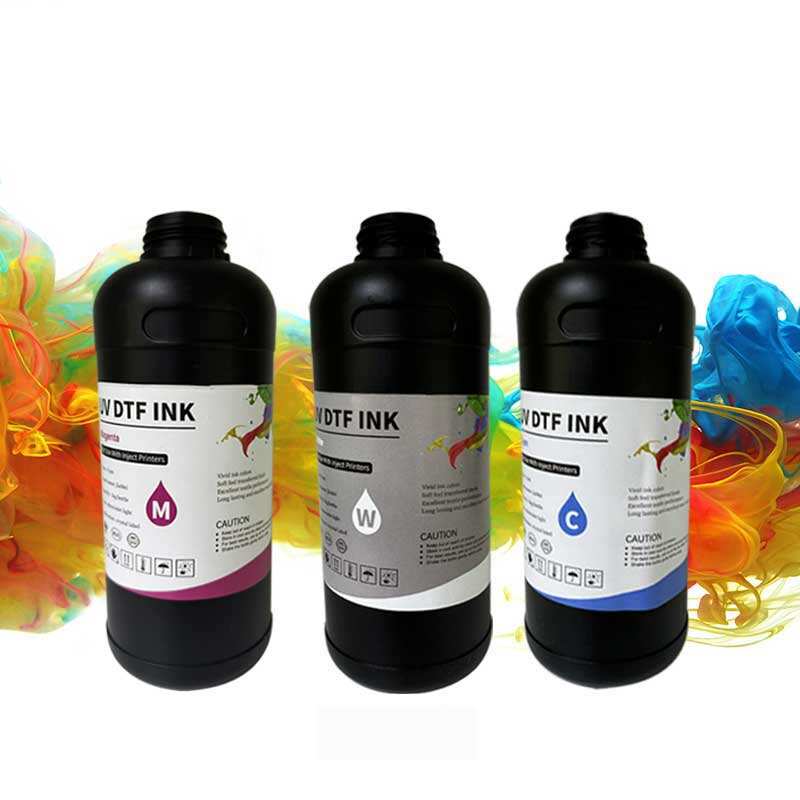dtf transfer film
DTF (Direct to Film) transfer film represents a revolutionary advancement in the textile printing industry. This specialized polyethylene terephthalate (PET) film serves as a crucial medium in the DTF printing process, enabling the transfer of vibrant designs onto various fabric materials. The film features a unique coating that allows it to receive and hold water-based pigment inks while facilitating easy transfer to the final substrate. Measuring typically between 75 and 100 microns in thickness, the film provides optimal ink absorption and release properties. During the printing process, the design is first printed onto the film using specialized DTF printers, followed by the application of hot-melt adhesive powder. When heat and pressure are applied, the design seamlessly transfers onto the target fabric, creating durable, wash-resistant prints. The film's advanced formulation ensures excellent color vibrancy, sharp detail reproduction, and consistent results across various fabric types, from cotton and polyester to blended materials. This versatility makes DTF transfer film an essential component in modern textile decoration, particularly for custom apparel, promotional items, and small-batch production runs.


